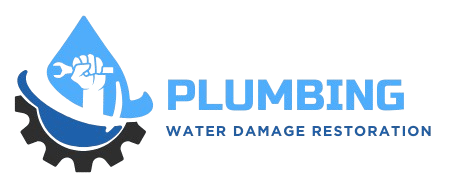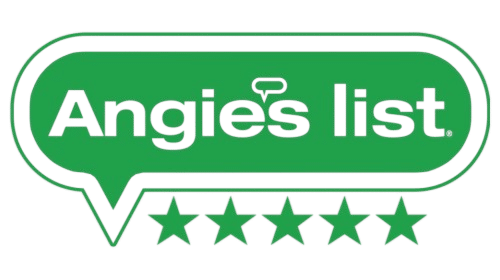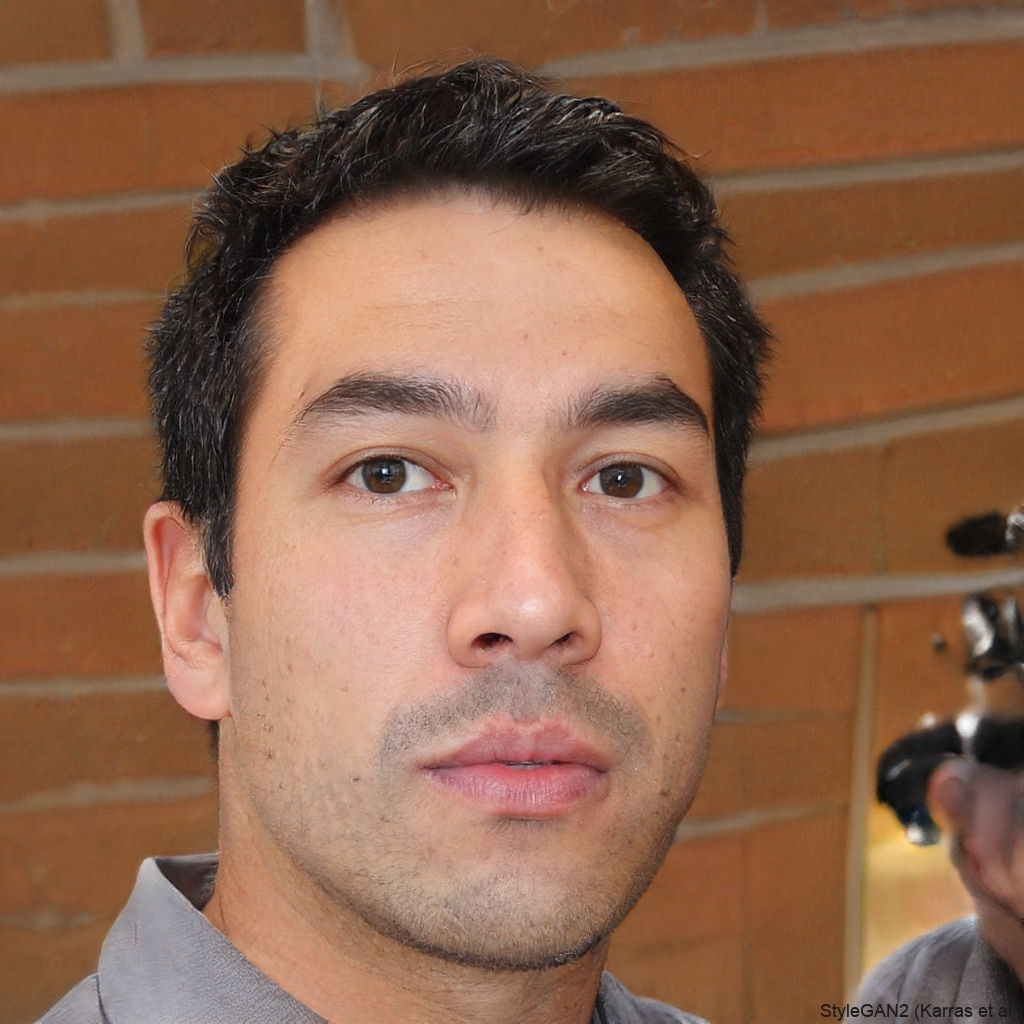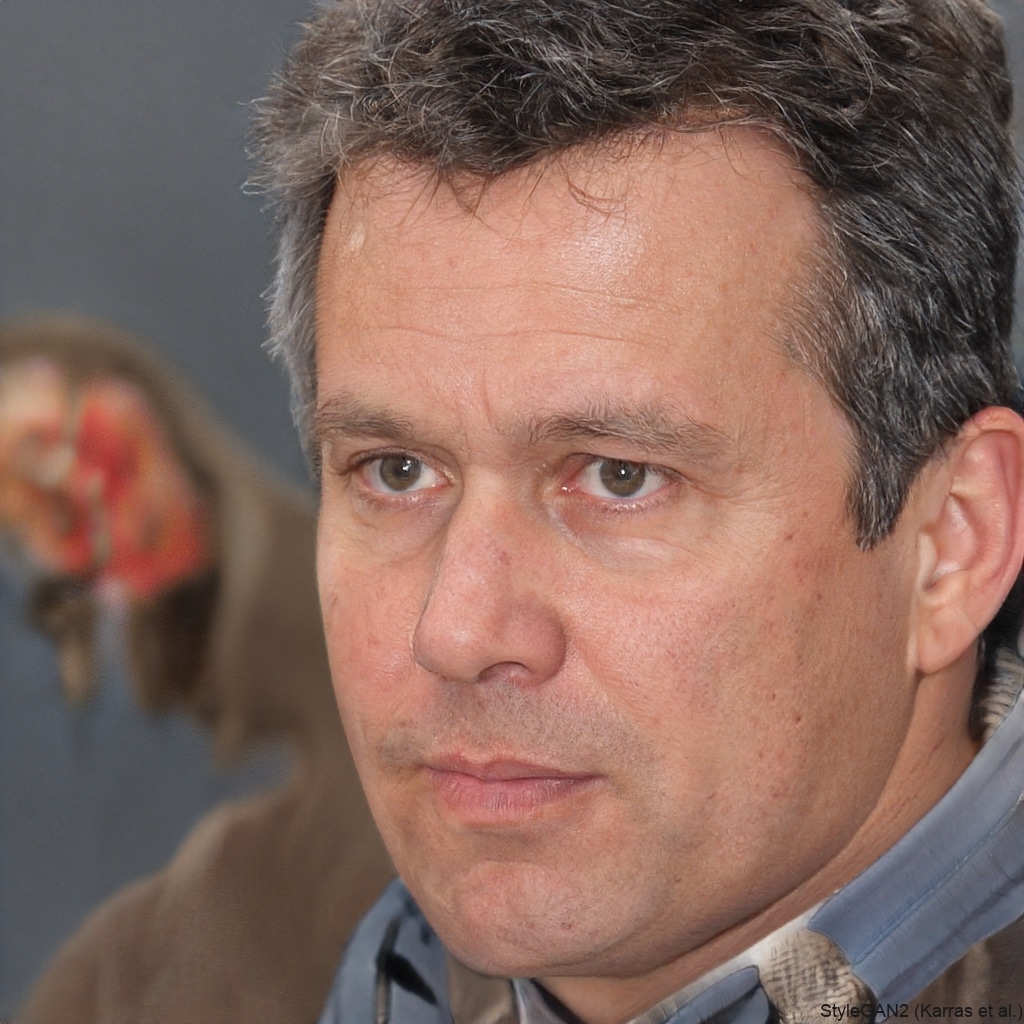It is critical to know what kind of backflow prevention is necessary in Ken Caryl to keep the water supply safe and clean. Backflow is the unwanted reverse flow of water and one or more of its constituents from any source into the public water supply or a private water system. It can happen when there's a sudden drop in water pressure in the plumbing system—caused, for example, by a water main break or fire-fighting efforts. If the plumbing system is not properly designed or maintained, backflow can also occur during normal water use, particularly when large amounts of water are drawn, such as when using a fire hose. The solution, of course, is to have a backflow prevention device installed. Backflow prevention devices are required by the Safe Drinking Water Act in public water systems across the United States.
In the Ken Caryl area, residential properties might only require basic devices to prevent backflow, such as hose bib vacuum breakers or dual check valves. These devices are inexpensive and protect against some of the most likely household backflow scenarios, like using a garden hose incorrectly or other minor changes in water pressure. That said, not every property is the same. For some, even these basic devices might not provide sufficient protection because of how water is used or because of certain layout issues. Backflow preventers are also only as effective as the maintenance and inspections done on them. So if you want to know what device is most suitable to your residential property, you'd probably have to evaluate the specific situation and consult some experts.
In Ken Caryl's commercial and industrial sectors, backflow prevention may demand more robust solutions. These applications often have far more complex plumbing arrangements, much higher water usage, and a greater diversity of potential water quality problems than any domestic setting. Selection of the right backflow prevention device under these conditions is not simply a matter of picking a standard device off the shelf. It's essential to understand thoroughly the nature of the facility's water use, the plumbing layout, and any problems that may affect upstream water quality before choosing a device and where to install it. Facilities that use chemicals, handle waste products, or otherwise have potential cross-connection problems must also meet local regulations. These are not minor plumbing decisions. Adequate backflow protection for these facilities is essential, and getting it right demands professional knowledge.










